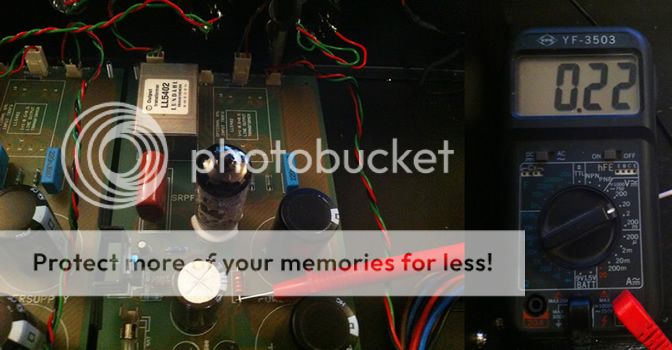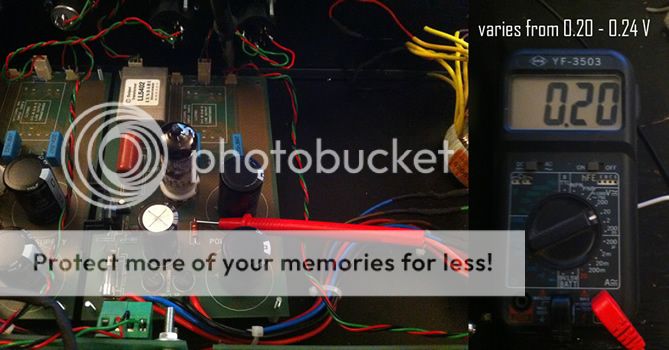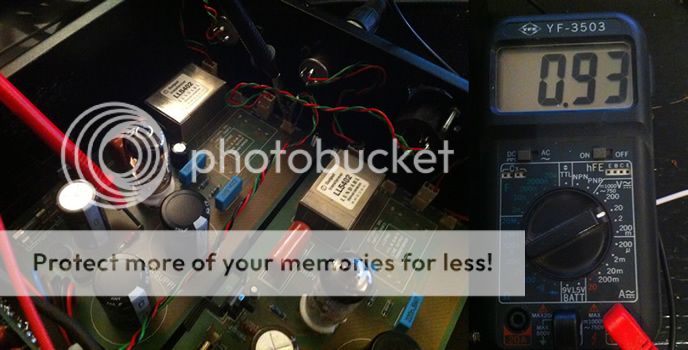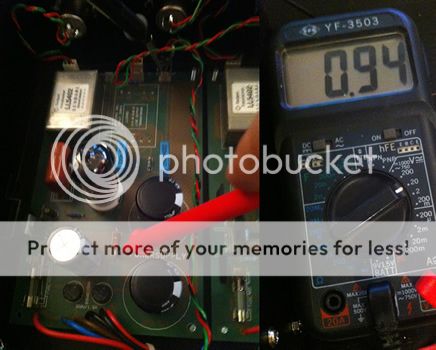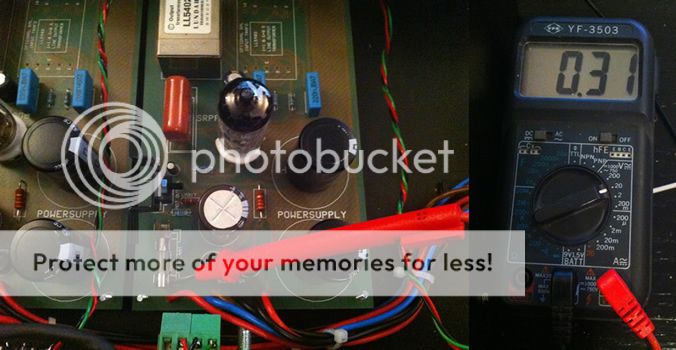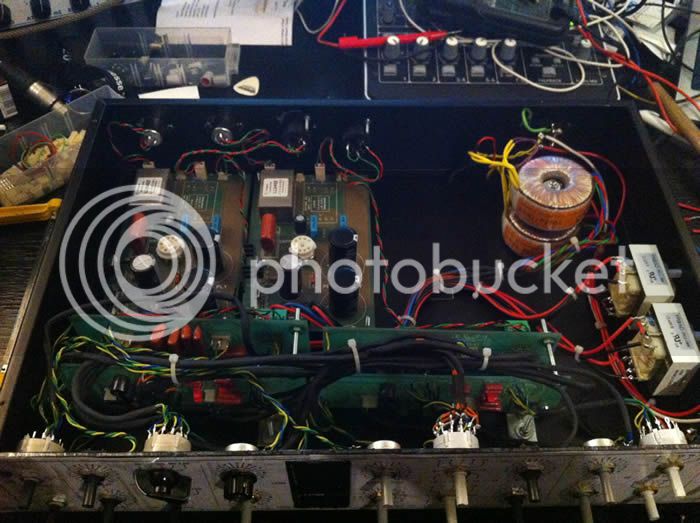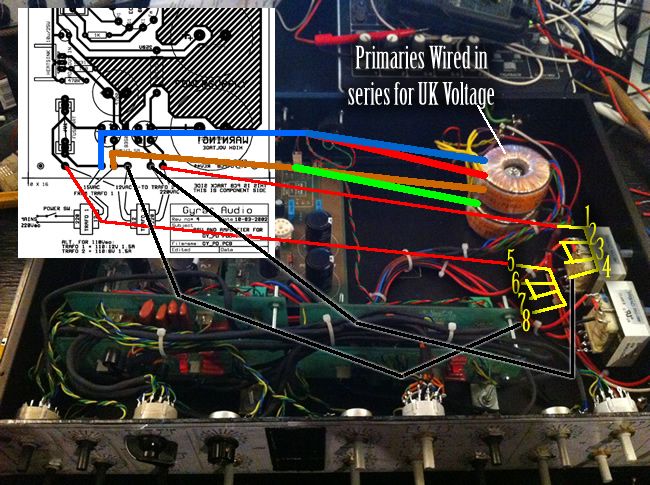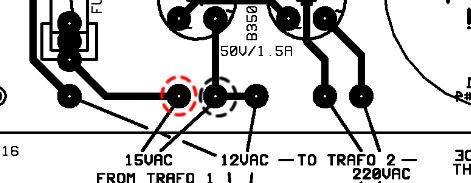Hi there,
i also follow the thread and several people wonder about the voltage differences with the g-pultec trafo. The reason is the Uo voltage (without load) which is 248V on this 220v/0,1A model. If there are differences 253V/259V/... this can be caused by tolerances by the measuring tool or over-/undervolted mains in the European power system. The 220V are the value which can be recieved by loading the trafo with 0,1A. Loading it with less than 0,1A means the value will be a little bit more than 220V. Stressing it with more than 0,1A will kill the trafo. It will get hot, melt and short. This model is to be used in stereo and mono builds but for mono builds you have to switch the 3k3 resistor. 18k 10w like firfe mentioned is a good value to get it down to the 250v tube voltage. I also thought about making a trafo for mono builds but switching the resistor just does the job.
- Don -
i also follow the thread and several people wonder about the voltage differences with the g-pultec trafo. The reason is the Uo voltage (without load) which is 248V on this 220v/0,1A model. If there are differences 253V/259V/... this can be caused by tolerances by the measuring tool or over-/undervolted mains in the European power system. The 220V are the value which can be recieved by loading the trafo with 0,1A. Loading it with less than 0,1A means the value will be a little bit more than 220V. Stressing it with more than 0,1A will kill the trafo. It will get hot, melt and short. This model is to be used in stereo and mono builds but for mono builds you have to switch the 3k3 resistor. 18k 10w like firfe mentioned is a good value to get it down to the 250v tube voltage. I also thought about making a trafo for mono builds but switching the resistor just does the job.
- Don -




